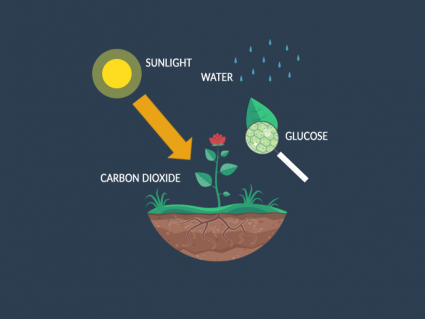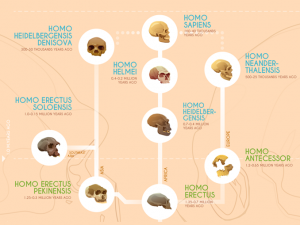What Is Biodiversity (Biological Diversity)?

DEFINITION:
Biodiversity is the variety of all living things on Earth including plants, animals, fungi, and microorganisms and the ecosystems they form.
A loss in biodiversity is like a soccer team without a defense. For example, a diverse ecosystem can withstand disease because it has a variety and diversity in species.
From human actions, we can threaten biodiversity. If you remove specific habitats like wetlands, grasslands, and forests, then you cut off habitats for species that thrive there.
Two of the most diverse ecosystems on the planet are tropical rainforests and coral reefs. Before we get into them, first let’s get into why we want to preserve biodiversity.
“Biodiversity or “biological diversity” refers to the variety of species and genetic diversity in an ecosystem. Ecosystems rely on biodiversity for resiliency, health, and food.”
What are the benefits of preserving biodiversity?

There are limitless benefits to preserving biodiversity in any ecosystem. Not only does biodiversity directly impact industries like tourism, recreation and fisheries, but they help balance nature.
Variety of species helps fill all the niches (ecological roles) in their environment. For example, this includes anything from predation, decomposition, parasitism, and mutualism. And this is no different from human societies with the different roles we play.
There are also significant benefits for pharmaceutical products related to biodiversity and the richness of species. For example, about ¼ of the drugs we commonly use today were originally derived from plants such as those in tropical rainforests.
Is there biodiversity in tropical rainforests?

Tropical rainforests have an overabundance of water and nutrient deficient soils. Living organisms have adapted to these hostile conditions with evolution doing the work.
Without evolution, there would be no biodiversity hotspots like tropical rainforests. This is because life evolved in some of the toughest conditions.
Over time, these plants, animals and fungi have developed immunity to harmful bacteria and viruses.
This is because whatever doesn’t work just doesn’t survive in such harsh environments. This is why we find the most resistant chemicals for medicine in tropical rainforests.
How much biodiversity is there in coral reefs?

Like tropical rainforests, coral reefs are a biodiversity hotspot for ocean life. Remarkably, about 25% of marine species reside in coral reefs. But they only occupy about 5% of the area.
Coral are invertebrate animals similar to jellyfish. They feed on suspended particles like dissolved calcium and build stony polyps as an exoskeleton.
But similar to rainforests, coral is under threat from rising temperature, ocean acidity, and human actions. Scientists estimate that coral reefs face extinction in 50 years.
That’s why scientists shine the spotlight on coral reefs. Ultimately, it comes down to preventing human actions like nutrient runoff (and even sunscreen) that will restore these underwater biodiversity hotspots.
What Is Biodiversity?
Biodiversity is the variety of life, including animal and plant species, genetic variation within species, and ecosystems. It is not only important to preserve biodiversity but also to have an understanding of it.
Understanding biodiversity is crucial for conserving Earth’s ecosystems, as it helps us recognize the intricate connections between species, their ecological roles, and the resilience of the planet’s natural systems in the face of environmental changes.
Do you have anything to say about biodiversity? Please let us know any comments or questions you have in our form below.














